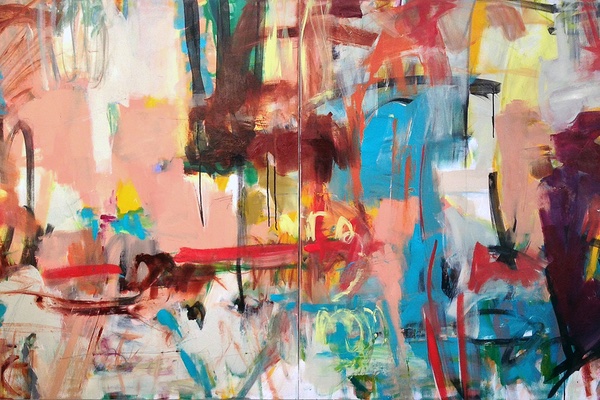Between a drawn line and a painterly stroke
By Peter Frank
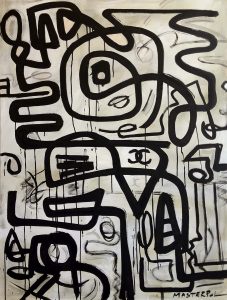
[dropcap]I[/dropcap]n her work of the past three years, Rose Masterpol has been oscillating between a drawn line, animated by color as well as its own flagellating trail, and a more painterly stroke that provides given expanses with texture as well as hue. The drawn line assumes a rhythmic animation akin to graffiti writing and on occasion even cartoon caricature, seeming almost choreographed. Here Masterpol, deliberately or not, proposes a translation of hip-hop and other urban dance into non-objective painting, perhaps even a kind of notation; certainly, she is re-purposing the energy of the “street” to painterly effect.
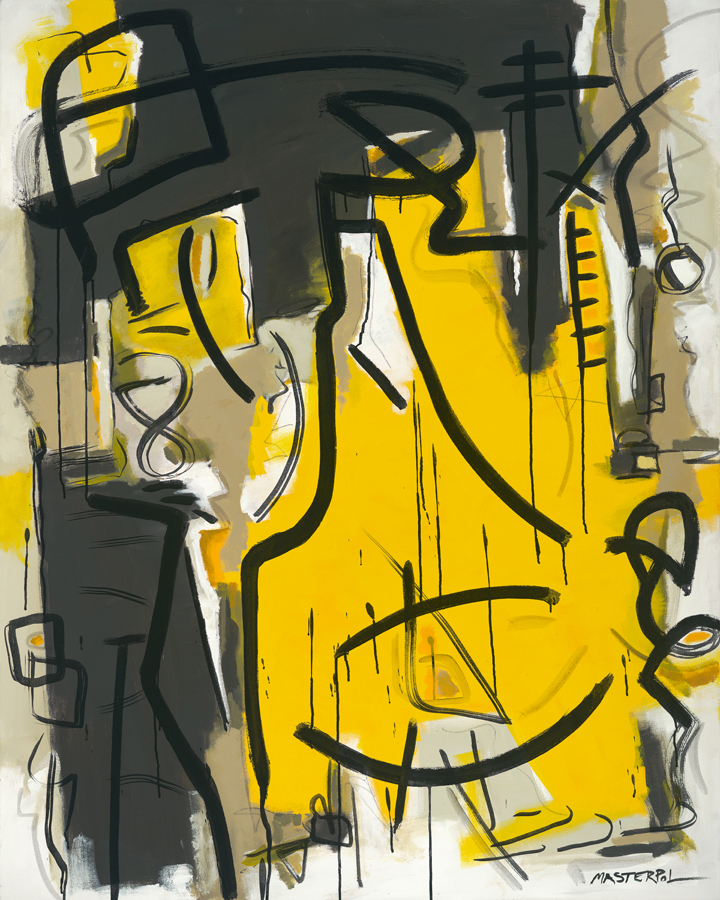
shows her “drawn line” strokes
That level of energy carries over into Masterpol’s larger, even more ambitious canvases; but in these, she puts aside the self-conscious project of contemporary reflection and allows herself the luxury of pure painting. If the “drawn” paintings manifest a vigorous but studied response to pop culture, the “painted” paintings embody Masterpol’s equally fervent but entirely spontaneous response to artists who have come before her. She cites Joan Mitchell, Pollock, De Kooning, Kline, Gorky, and Motherwell as models, and their influence is readily apparent. Masterpol recapitulates that influence with remarkable intelligence and sensitivity: these are genuine, unabashed Abstract Expressionist works right down to their Surrealist reliance on the impulsive mark and their Cubist articulation of space.
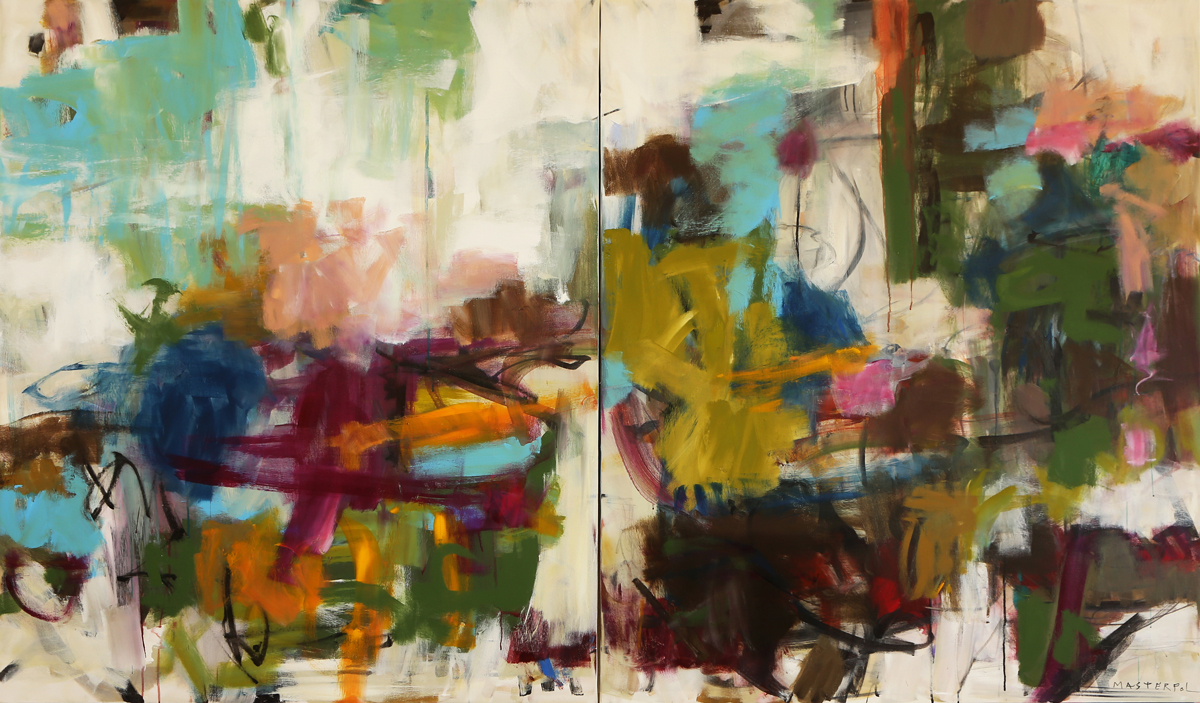
shows her “painterly” strokes
in contrast to her “drawn line” stroke
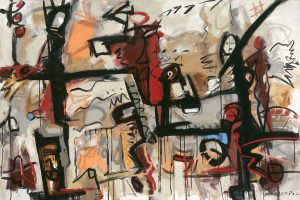
The irony is that Masterpol’s more “historic” painting is, if anything, less studied than her more “contemporary” work. When she responds to the bold moves and bright contrasts of today’s pop idioms she picks up on their stylizations no less than on their power; she reflects the fact that, even while they depend on boundless invention, the popular arts allow their artists limited freedom. Like any good pop artist, Masterpol capitalizes on such restraint by playing off it, letting restricted modality amplify her inventiveness.
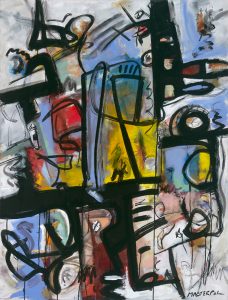
For truly liberated painting, however, she turns to a tradition of liberty that she can only inherit from fellow painters. In this regard, Masterpol proceeds in the wake of her influences with voluble confidence, studying and “feeling” rather than simply imitating their imagery or their method. Indeed, she comprehends the examples of De Kooning, Picasso, et al, as just that – examples of spirit, more important to her for their attitude than for their manner. She has learned from them, for instance, to pace herself across a visual field – but the pace she maintains is entirely her own. She has learned to segue strategically from color to color rather than simply dump paint in various areas – but the colors result from her own perception, and her segues embody her own sensibility. With every lesson learned, Masterpol finds herself more profoundly as a painter.
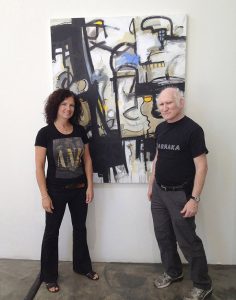
and Peter Frank
Rose Masterpol would seem to be two painters in one. In fact, she is one painter paying attention to two modes of expression. Both those modes are urgent and convincing, and she responds to both with insight, conviction, and unmistakable personality. Those two modes would seem to have little to say to each other; but, like someone brought up bi-lingually, Masterpol speaks both with poetic fluency and effortless translation, finding – and building – vivid connections between them.
Visit Rose Masterpol’s website.
See more of Masterpol’s work—The Woven Tale Press Vol. IV #4.

